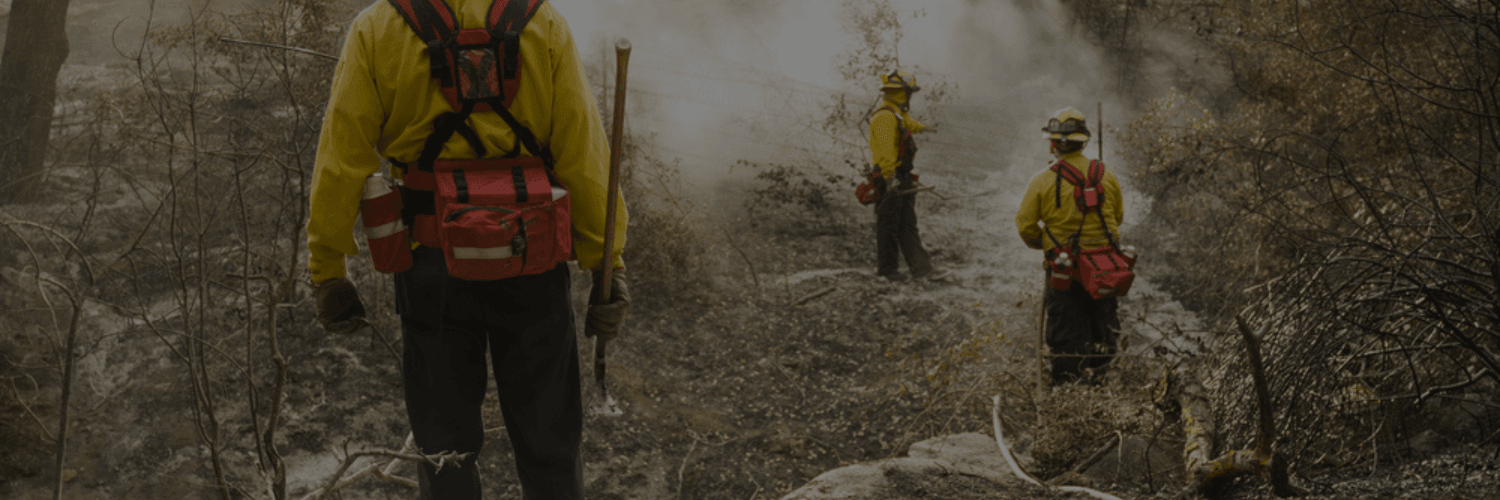In the demanding realm of wildland firefighting, having reliable gear bags can make all the difference between efficiency and chaos. Whether it’s battling through rugged terrain or enduring long shifts in extreme conditions, the right gear bag can ensure that firefighters have easy access to their essential equipment while keeping it organized and protected. Here, we’ll explore five key features to consider when choosing gear bags designed for wildland firefighters.
1. Durability and Weather Resistance
Wildland firefighting often exposes gear to harsh conditions, including extreme temperatures, moisture, and rough terrain. Look for gear bags made from durable, water-resistant materials such as nylon or PVC-coated fabric. Reinforced stitching and abrasion-resistant bottoms are also essential for withstanding the rigors of the field.
2. Organization and Accessibility
Efficient organization is crucial for wildland firefighters who need quick access to their gear in high-pressure situations. Opt for gear bags with multiple compartments, pockets, and MOLLE webbing for customizable storage options. Easy-access openings and intuitive organization can help minimize response times and streamline operations on the fire line.
3. Comfort and Ergonomics
Wildland firefighting often involves long hours of strenuous activity, so it’s important to choose gear bags that prioritize comfort and ergonomics. Look for padded shoulder straps, adjustable waist belts, and breathable back panels to reduce fatigue and discomfort during extended wear. Ergonomic design features such as load-bearing waist straps can also help distribute weight evenly for added comfort.
4. Compatibility with Firefighting Equipment
Wildland firefighters rely on specialized equipment to effectively combat wildfires, so it’s essential to choose gear bags that are compatible with their tools and gear. Look for features such as dedicated compartments for fire shelters, hydration reservoirs, hand tools, and personal protective equipment (PPE). Modular design options can also accommodate additional attachments and accessories as needed.
5. Versatility and Adaptability
Wildland firefighting operations can vary widely in scope and intensity, so versatility and adaptability are key considerations when choosing gear bags. Seek out bags that can easily transition between different roles and environments, with features such as removable dividers, expandable storage capacity, and attachment points for external gear and accessories. This versatility ensures that firefighters can customize their gear bags to meet the specific demands of each mission.
Conclusion
Gear bags are essential tools for wildland firefighters, providing durable storage solutions that keep equipment organized, accessible, and protected in the field. By prioritizing durability, organization, comfort, compatibility with firefighting equipment, and versatility, firefighters can ensure they have the gear they need to tackle the toughest challenges with confidence. Explore our selection of gear bags designed specifically for wildland firefighting and equip your teams for success in the field.

